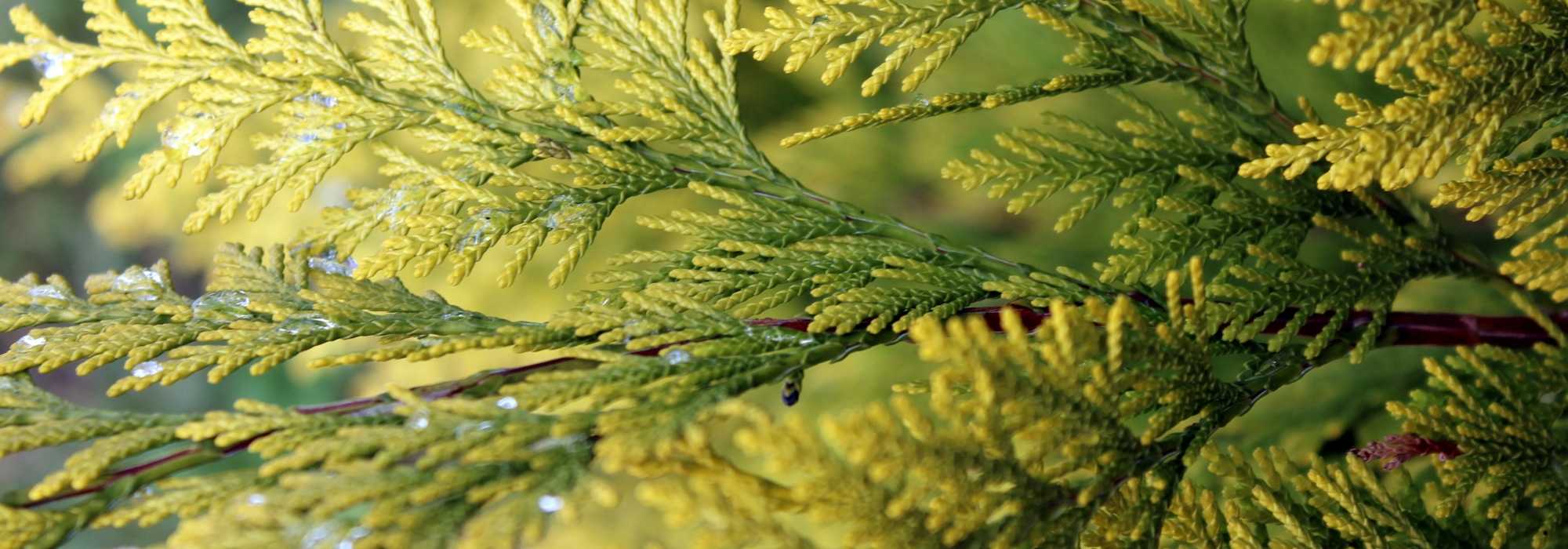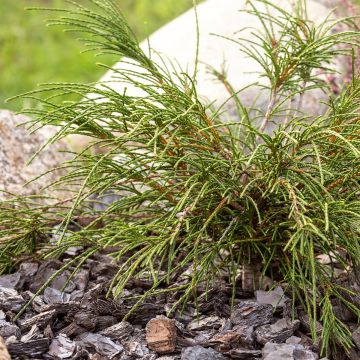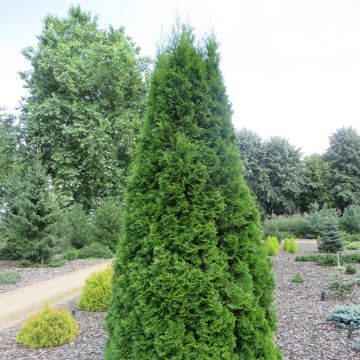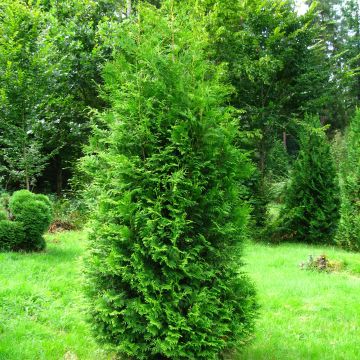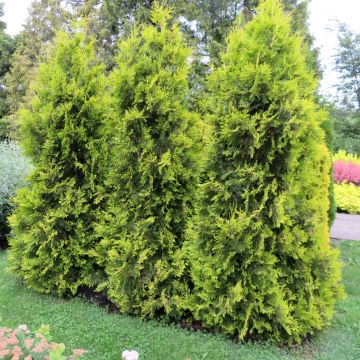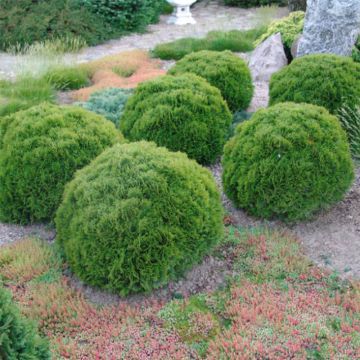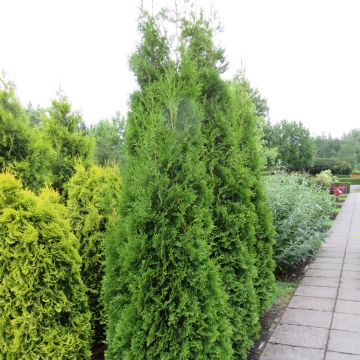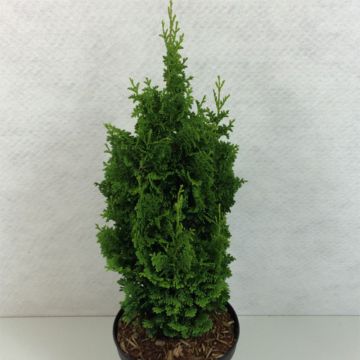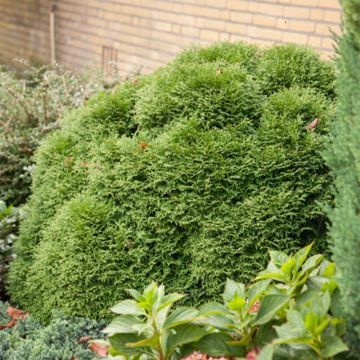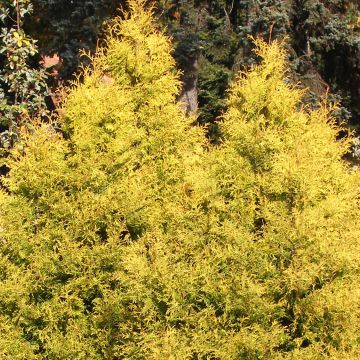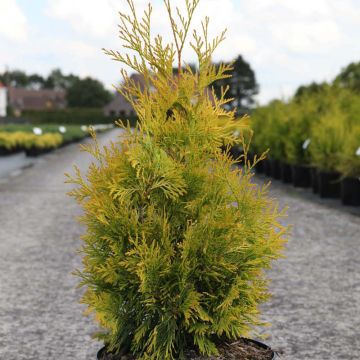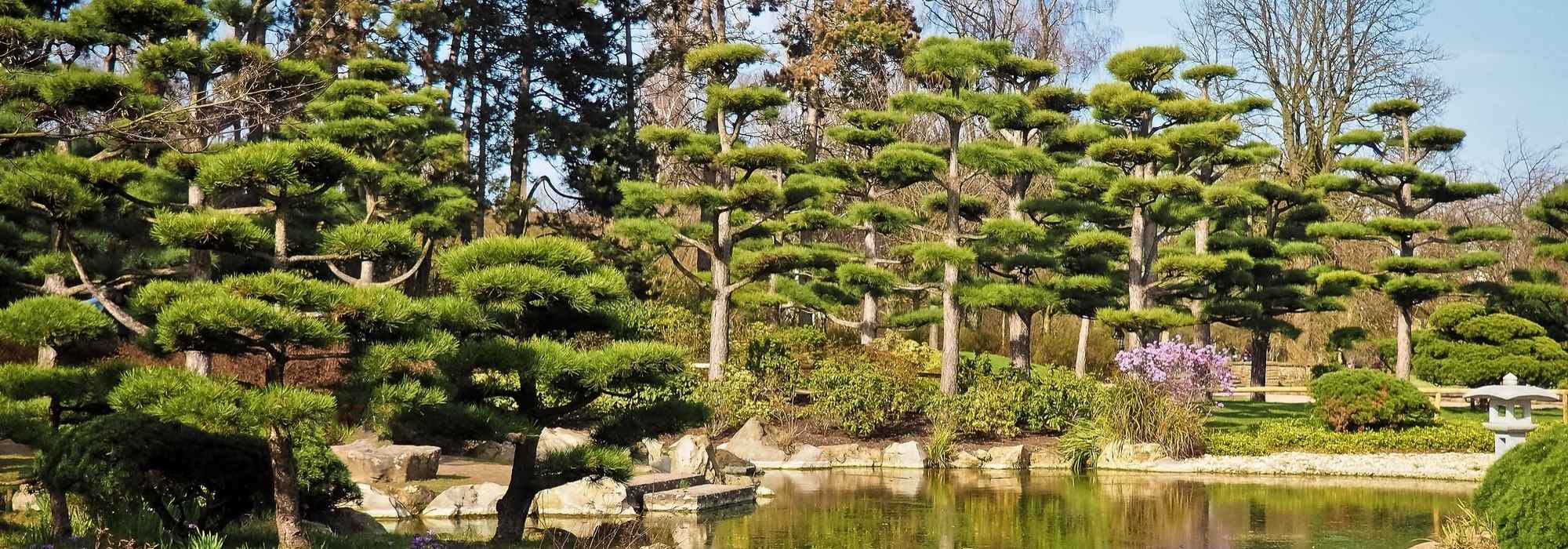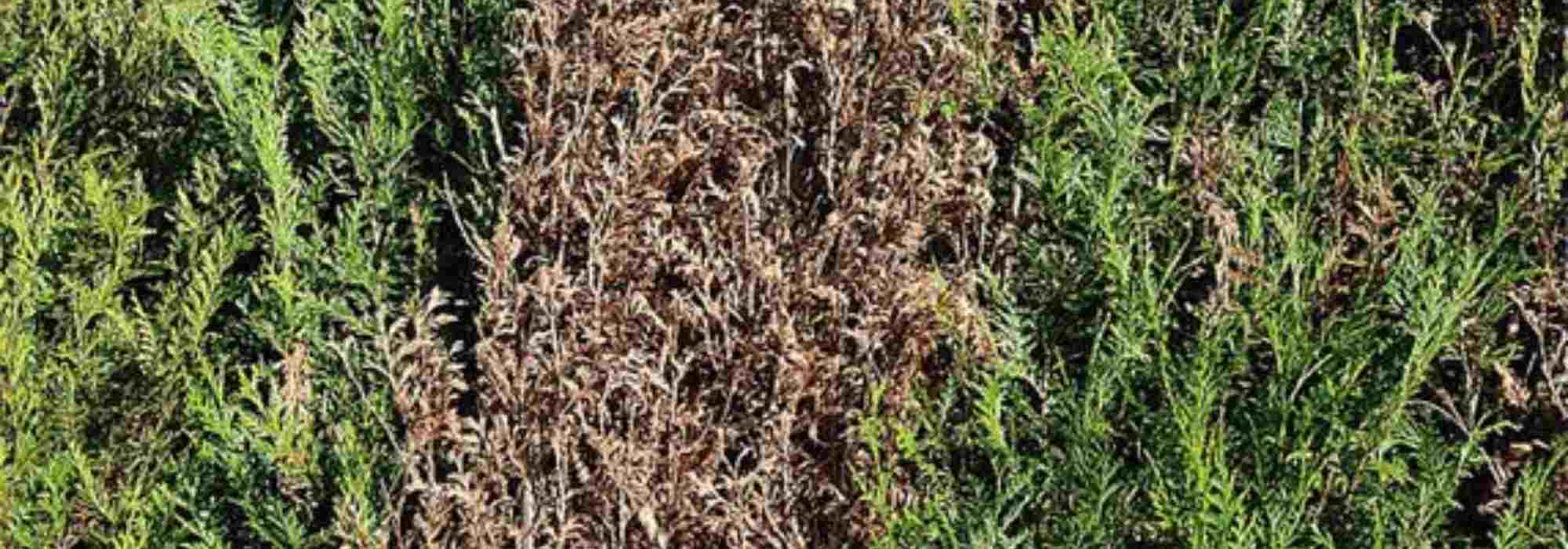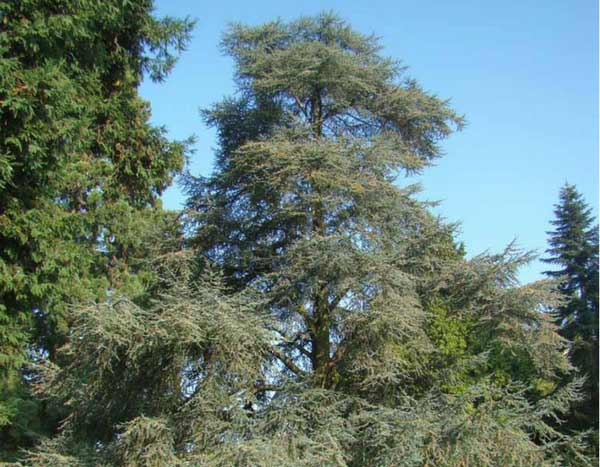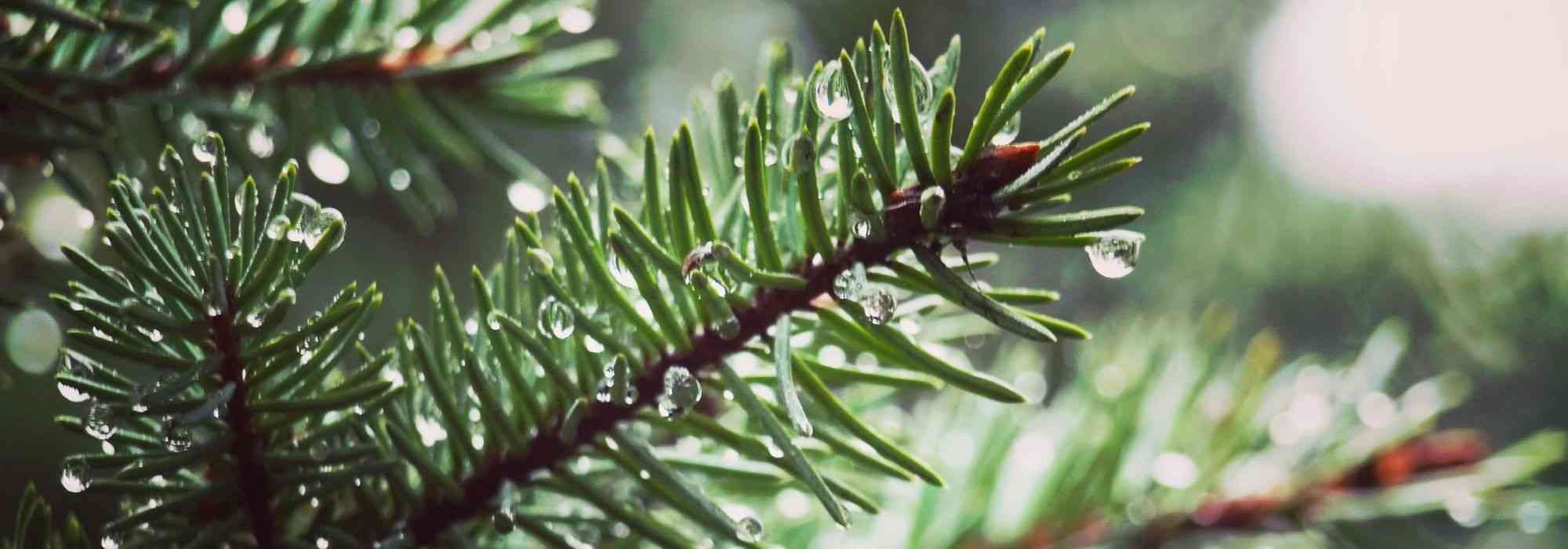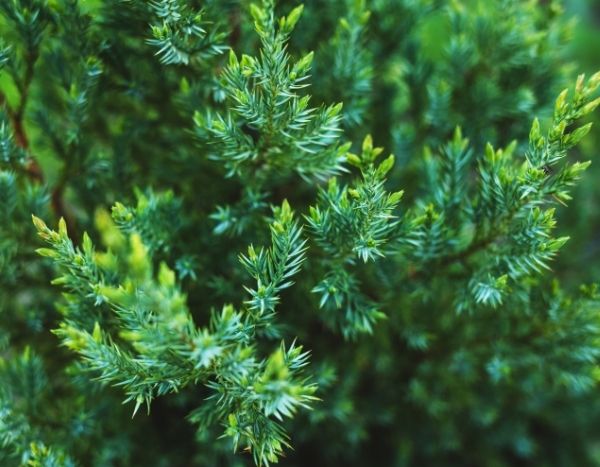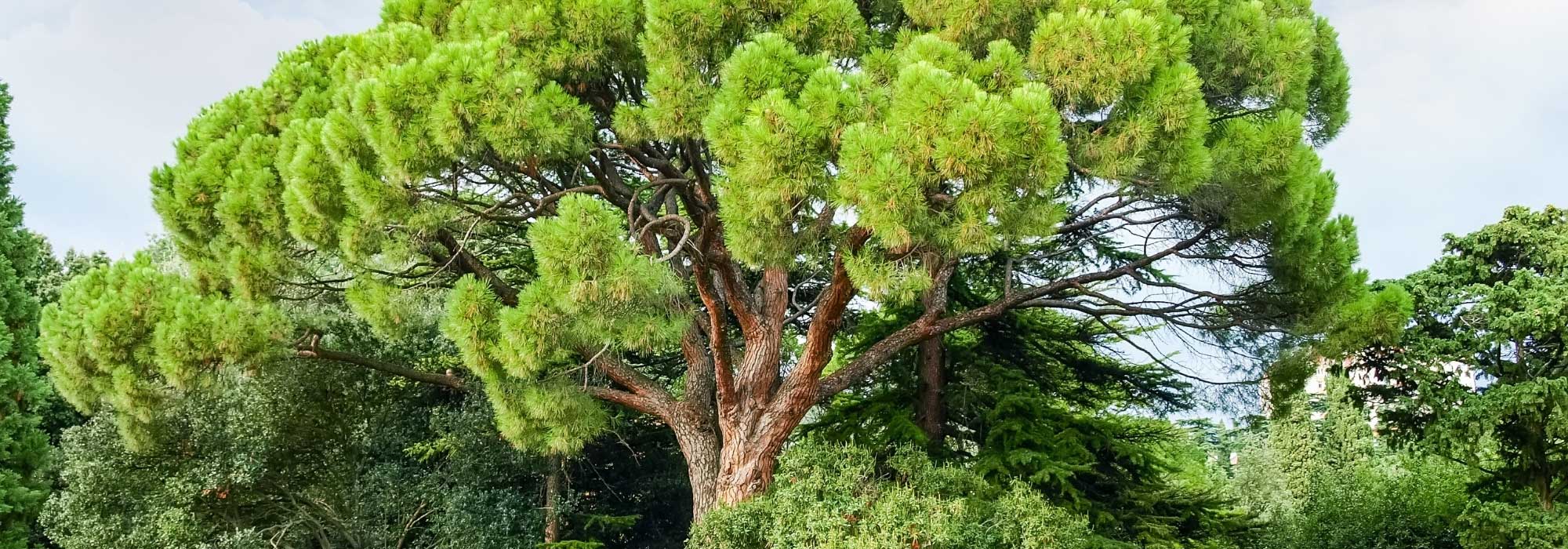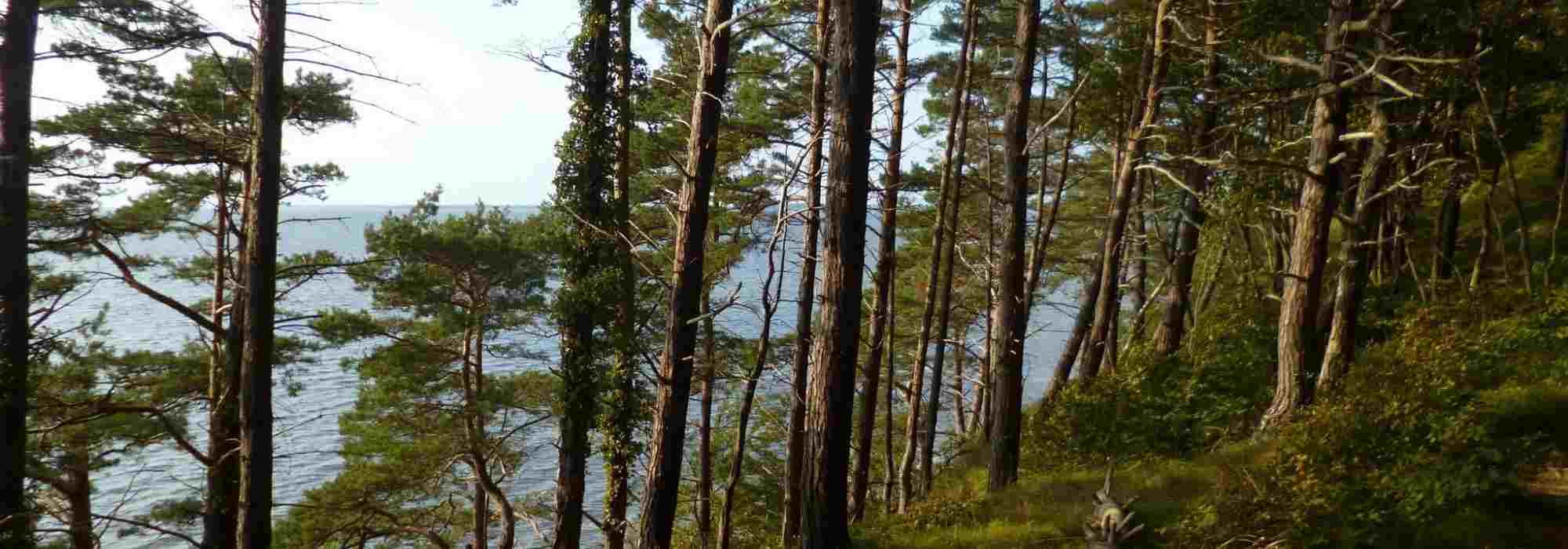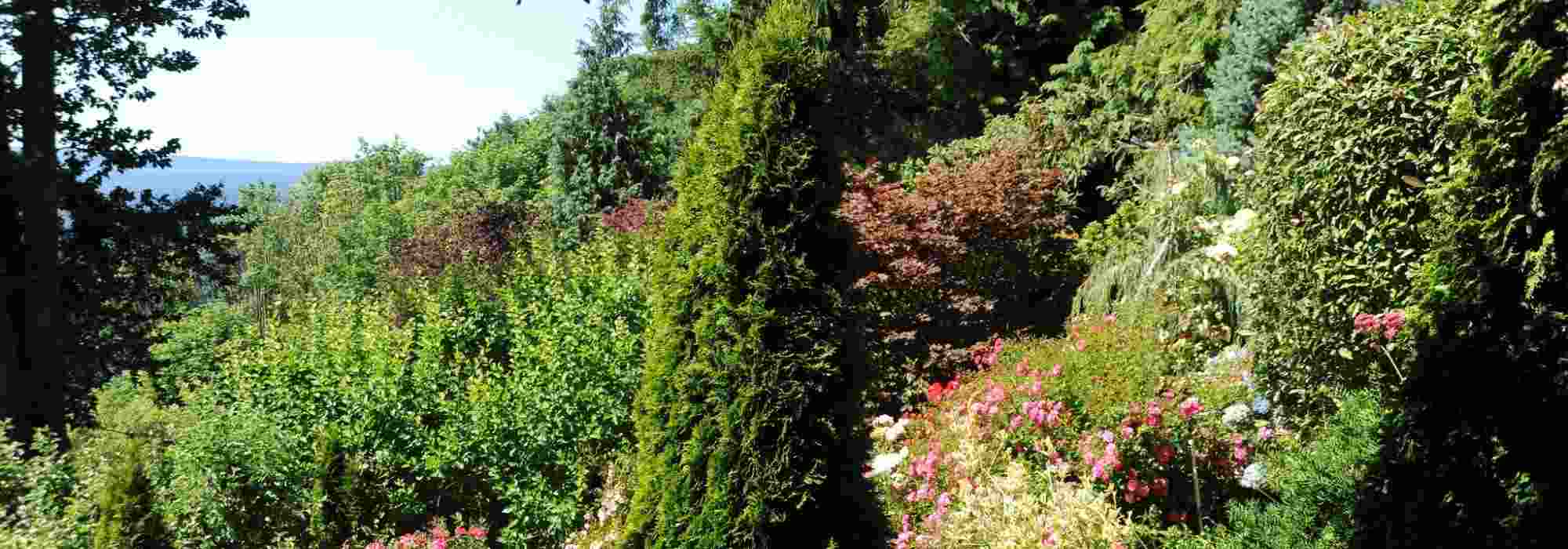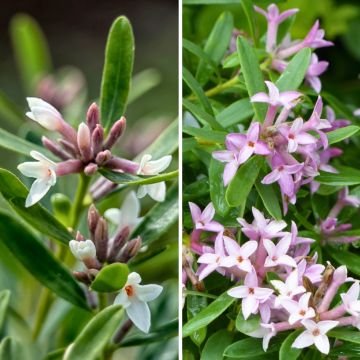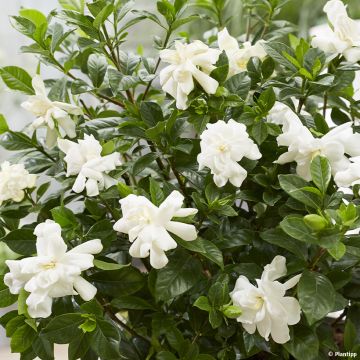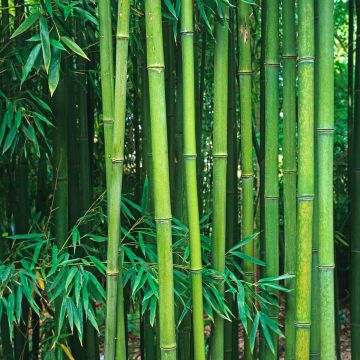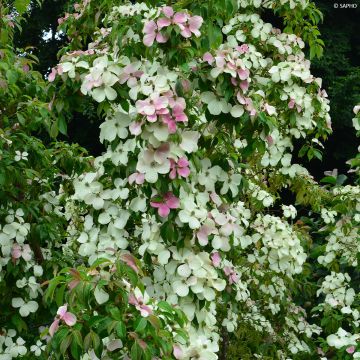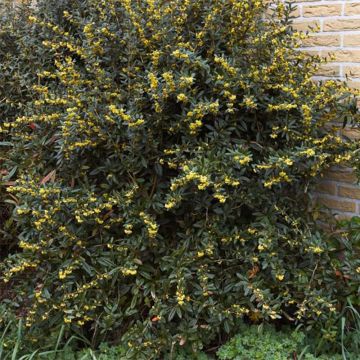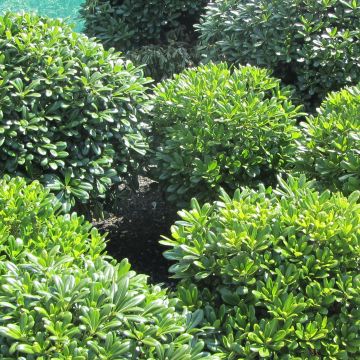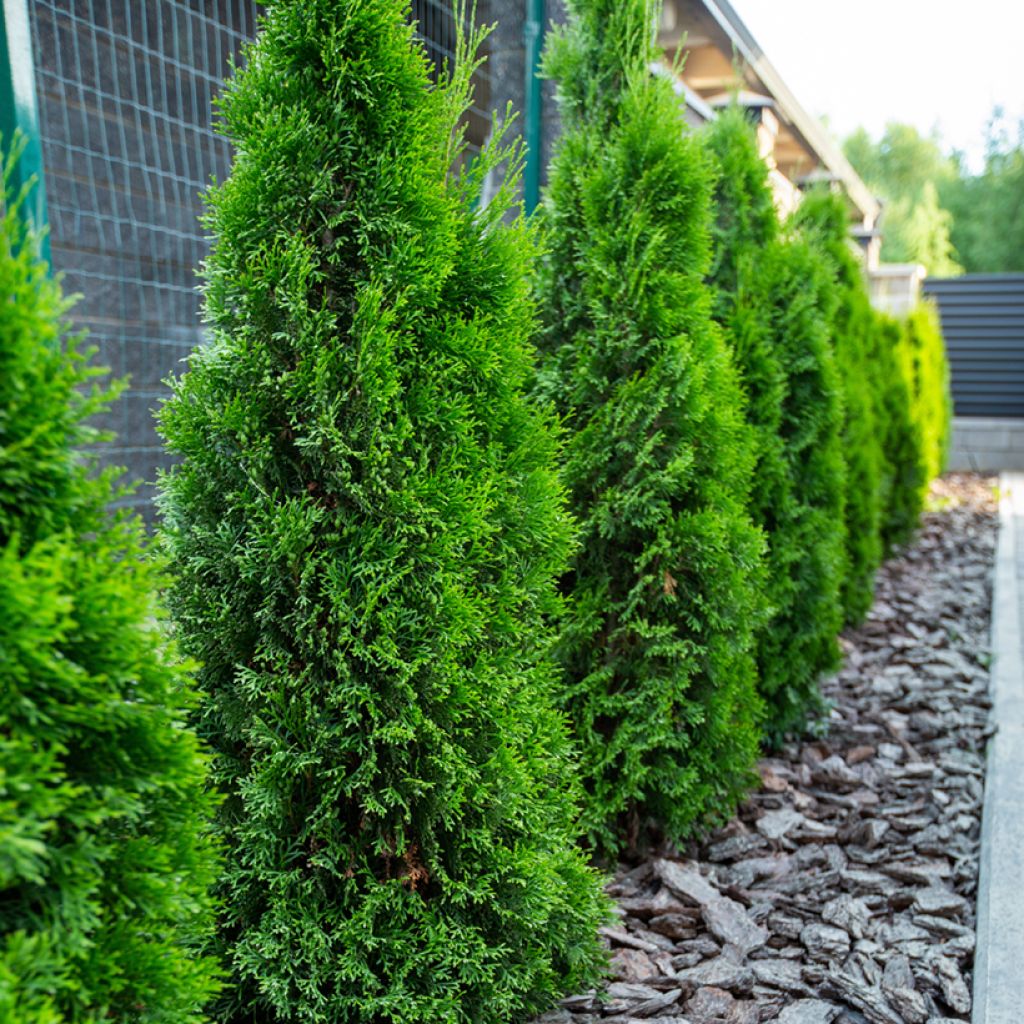

Thuja occidentalis Smaragd - Canadian Arborvitae
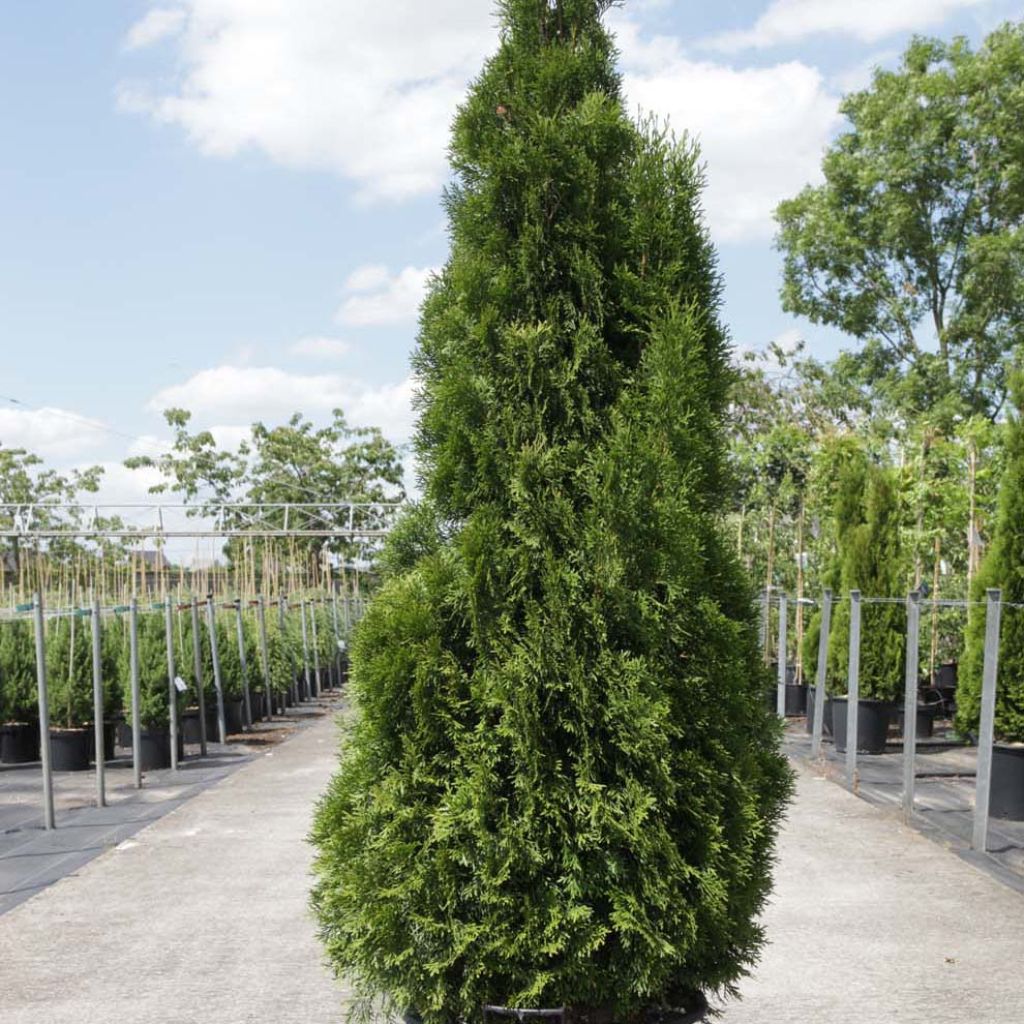

Thuja occidentalis Smaragd - Canadian Arborvitae
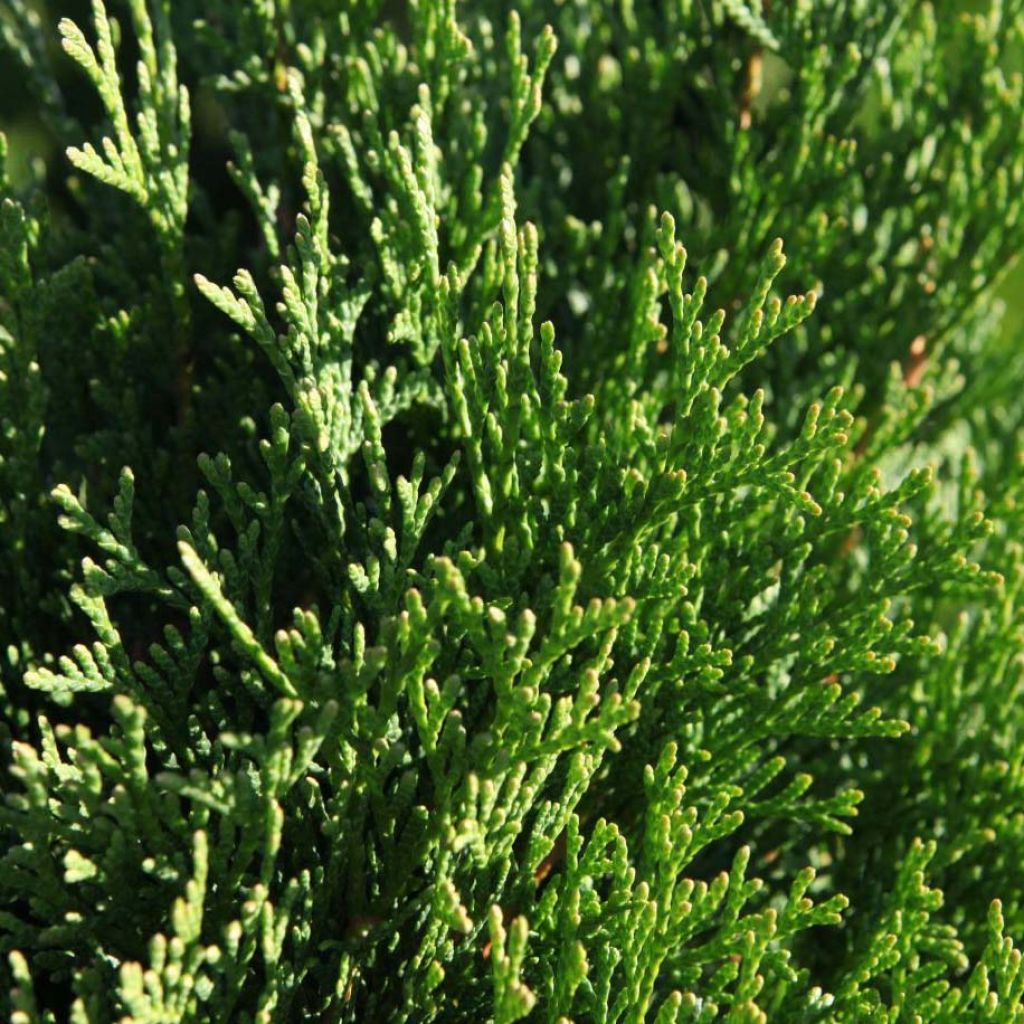

Thuja occidentalis Smaragd - Canadian Arborvitae
Thuja occidentalis Smaragd - Canadian Arborvitae
Thuja occidentalis Smaragd
Eastern White Cedar, Northern White Cedar, American Arborvitae, Eastern Arborvitae
Special offer!
Receive a €20 voucher for any order over €90 (excluding delivery costs, credit notes, and plastic-free options)!
1- Add your favorite plants to your cart.
2- Once you have reached €90, confirm your order (you can even choose the delivery date!).
3- As soon as your order is shipped, you will receive an email containing your voucher code, valid for 3 months (90 days).
Your voucher is unique and can only be used once, for any order with a minimum value of €20, excluding delivery costs.
Can be combined with other current offers, non-divisible and non-refundable.
Home or relay delivery (depending on size and destination)
Schedule delivery date,
and select date in basket
This plant carries a 24 months recovery warranty
More information
We guarantee the quality of our plants for a full growing cycle, and will replace at our expense any plant that fails to recover under normal climatic and planting conditions.
Does this plant fit my garden?
Set up your Plantfit profile →
Description
The Thuja occidentalis 'Smaragd' is a small coniferous bush-shaped plant, covered in fine-textured foliage of a beautiful emerald green colour. Its rather slow growth, small size, and neat appearance allow for many uses, in a hedge, as a standalone plant, in a bed with perennials or bushes, or even in a large pot on the terrace. It is a very hardy conifer, not fussy about the nature of the soil, whose cultivation presents no difficulty in well-drained but rather moist soil, in a sunny exposure.
The Thuja occidentalis, the Canadian cedar or Western Red Cedar, is sometimes called the White Cedar of Canada or Broom. It is an evergreen conifer of the cypress family native to northeastern North America. It is distributed over a wide geographical area that perfectly reflects the diversity of its living conditions. In nature, it reaches a height of 15 to 20m (65.6ft), adopting a beautiful conical habit, and a trunk covered with a very decorative bark. It is a perfectly hardy species, very well adapted to temperate climates and poor, moist, or occasionally dry soils. Its almost rot-resistant wood, light, fragrant, and easily flammable, lends itself to many uses.
The variety 'Smaragd', which is translated as 'Emerald', is distinguished by its small size, narrow cone-shaped habit, and intense green, fine foliage. Its growth is quite slow, so it will reach an average height of 4m (13.1ft) and a spread of 2m (6.6ft) at maturity, after many years. Its growth is about 3cm (11.8in) per year after the two or three years necessary for its establishment. This conifer has particularly fine foliage, almost feathery, aromatic when crushed, made up of flattened twigs arranged in planes, and covered with scale-like leaves 3 to 5 mm in length. Imbricated with each other, the leaves give the twigs a flat appearance. The foliage is a light and vibrant green from spring to summer, then it takes on more yellow to orange shades in autumn and winter. The decorative, slender cones which are green then brown at maturity, 8 to 12mm (0.5in) long and 4 to 5mm (0.2in) wide, are formed from 4 or 5 scales.
The Emerald Cedar will find its place in a small garden, in a large rockery, grouped in a small natural screen, or planted in groups of three near an entrance. It can also be installed in a beautiful container on the terrace or balcony. It goes well with more loose bushes, large stones, geometric lines of swimming pools or buildings, and walls. It can be grouped with complementary grasses or prostrate dwarf conifers (Juniperus horizontalis Blue Chip), rounded (Picea abies Little Gem), or even the indestructible Microbiota decussata whose autumn colour matches. The real architectural qualities of conifers naturally impose themselves in the design of a contemporary garden, which prefers the aesthetics of shapes, silhouettes, and textures to flowers. These perennial plants with reassuring permanence durably structure a bed, mark the pathways or border the terrace, easily replacing the strong presence of trimmed boxwood or holly. The key is to play with volumes and colours.
Thuja occidentalis Smaragd - Canadian Arborvitae in pictures
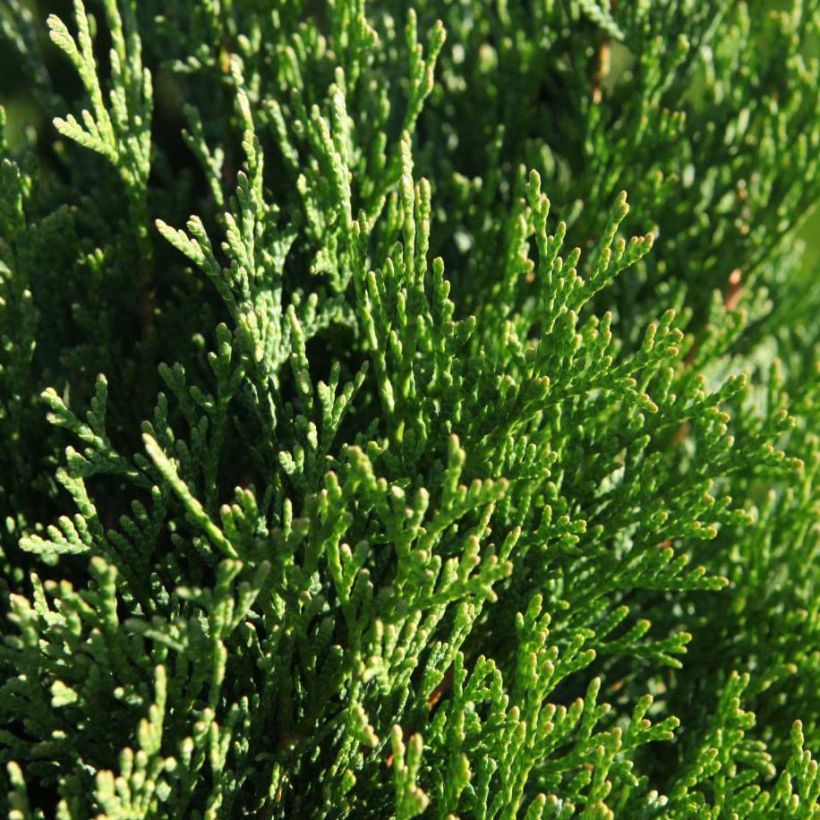

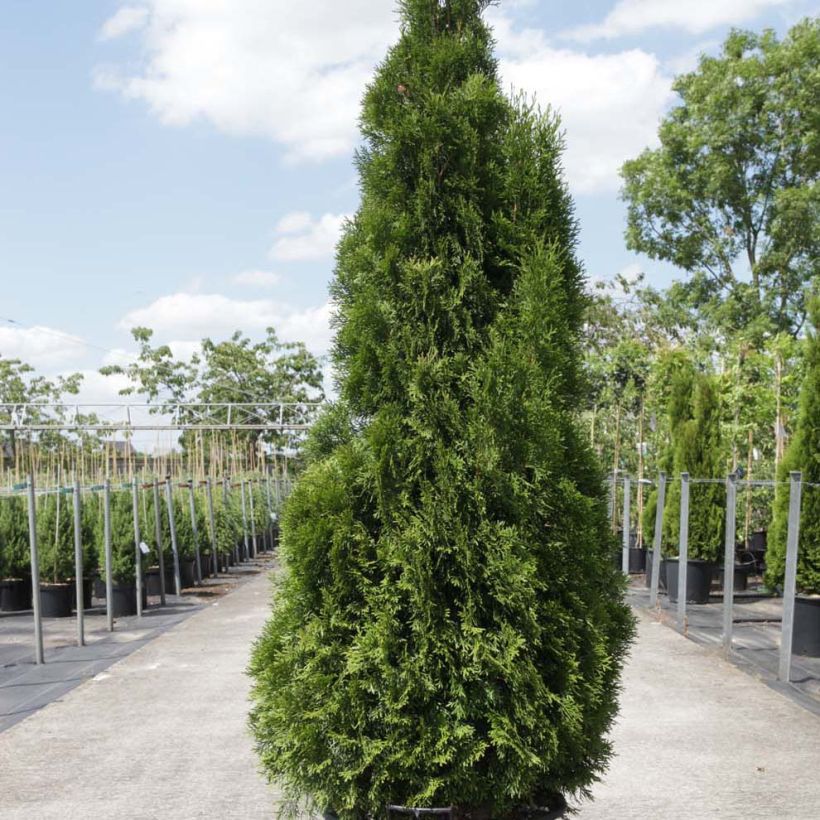

Plant habit
Foliage
Botanical data
Thuja
occidentalis
Smaragd
Cupressaceae
Eastern White Cedar, Northern White Cedar, American Arborvitae, Eastern Arborvitae
Thuja occidentalis 'Smaragd' EMERAUDE
Cultivar or hybrid
Other Thuya - Thuja
View all →Planting and care
Plant Thuja occidentalis 'Smaragd' from September to November and from February to June in deep, ordinary but loose and not too heavy, acidic, neutral or even slightly chalky moisture retentive soil. It only dislikes scorching temperatures and prolonged drought. However, it requires a sunny or semi-shaded exposure to develop well. Soak the root balls well before planting. Optionally, add organic fertiliser at planting. Water generously in the first years, and in case of prolonged drought. In very poor soil, you can apply a special conifer fertilizer every year in April and weed the soil in summer. This hardy conifer down to -25°C (-13F) at least) does not require pruning.
Planting period
Intended location
Care
Planting & care advice
-
, onOrder confirmed
Reply from on Promesse de fleurs
Similar products
Haven't found what you were looking for?
Hardiness is the lowest winter temperature a plant can endure without suffering serious damage or even dying. However, hardiness is affected by location (a sheltered area, such as a patio), protection (winter cover) and soil type (hardiness is improved by well-drained soil).

Photo Sharing Terms & Conditions
In order to encourage gardeners to interact and share their experiences, Promesse de fleurs offers various media enabling content to be uploaded onto its Site - in particular via the ‘Photo sharing’ module.
The User agrees to refrain from:
- Posting any content that is illegal, prejudicial, insulting, racist, inciteful to hatred, revisionist, contrary to public decency, that infringes on privacy or on the privacy rights of third parties, in particular the publicity rights of persons and goods, intellectual property rights, or the right to privacy.
- Submitting content on behalf of a third party;
- Impersonate the identity of a third party and/or publish any personal information about a third party;
In general, the User undertakes to refrain from any unethical behaviour.
All Content (in particular text, comments, files, images, photos, videos, creative works, etc.), which may be subject to property or intellectual property rights, image or other private rights, shall remain the property of the User, subject to the limited rights granted by the terms of the licence granted by Promesse de fleurs as stated below. Users are at liberty to publish or not to publish such Content on the Site, notably via the ‘Photo Sharing’ facility, and accept that this Content shall be made public and freely accessible, notably on the Internet.
Users further acknowledge, undertake to have ,and guarantee that they hold all necessary rights and permissions to publish such material on the Site, in particular with regard to the legislation in force pertaining to any privacy, property, intellectual property, image, or contractual rights, or rights of any other nature. By publishing such Content on the Site, Users acknowledge accepting full liability as publishers of the Content within the meaning of the law, and grant Promesse de fleurs, free of charge, an inclusive, worldwide licence for the said Content for the entire duration of its publication, including all reproduction, representation, up/downloading, displaying, performing, transmission, and storage rights.
Users also grant permission for their name to be linked to the Content and accept that this link may not always be made available.
By engaging in posting material, Users consent to their Content becoming automatically accessible on the Internet, in particular on other sites and/or blogs and/or web pages of the Promesse de fleurs site, including in particular social pages and the Promesse de fleurs catalogue.
Users may secure the removal of entrusted content free of charge by issuing a simple request via our contact form.
The flowering period indicated on our website applies to countries and regions located in USDA zone 8 (France, the United Kingdom, Ireland, the Netherlands, etc.)
It will vary according to where you live:
- In zones 9 to 10 (Italy, Spain, Greece, etc.), flowering will occur about 2 to 4 weeks earlier.
- In zones 6 to 7 (Germany, Poland, Slovenia, and lower mountainous regions), flowering will be delayed by 2 to 3 weeks.
- In zone 5 (Central Europe, Scandinavia), blooming will be delayed by 3 to 5 weeks.
In temperate climates, pruning of spring-flowering shrubs (forsythia, spireas, etc.) should be done just after flowering.
Pruning of summer-flowering shrubs (Indian Lilac, Perovskia, etc.) can be done in winter or spring.
In cold regions as well as with frost-sensitive plants, avoid pruning too early when severe frosts may still occur.
The planting period indicated on our website applies to countries and regions located in USDA zone 8 (France, United Kingdom, Ireland, Netherlands).
It will vary according to where you live:
- In Mediterranean zones (Marseille, Madrid, Milan, etc.), autumn and winter are the best planting periods.
- In continental zones (Strasbourg, Munich, Vienna, etc.), delay planting by 2 to 3 weeks in spring and bring it forward by 2 to 4 weeks in autumn.
- In mountainous regions (the Alps, Pyrenees, Carpathians, etc.), it is best to plant in late spring (May-June) or late summer (August-September).
The harvesting period indicated on our website applies to countries and regions in USDA zone 8 (France, England, Ireland, the Netherlands).
In colder areas (Scandinavia, Poland, Austria...) fruit and vegetable harvests are likely to be delayed by 3-4 weeks.
In warmer areas (Italy, Spain, Greece, etc.), harvesting will probably take place earlier, depending on weather conditions.
The sowing periods indicated on our website apply to countries and regions within USDA Zone 8 (France, UK, Ireland, Netherlands).
In colder areas (Scandinavia, Poland, Austria...), delay any outdoor sowing by 3-4 weeks, or sow under glass.
In warmer climes (Italy, Spain, Greece, etc.), bring outdoor sowing forward by a few weeks.






























